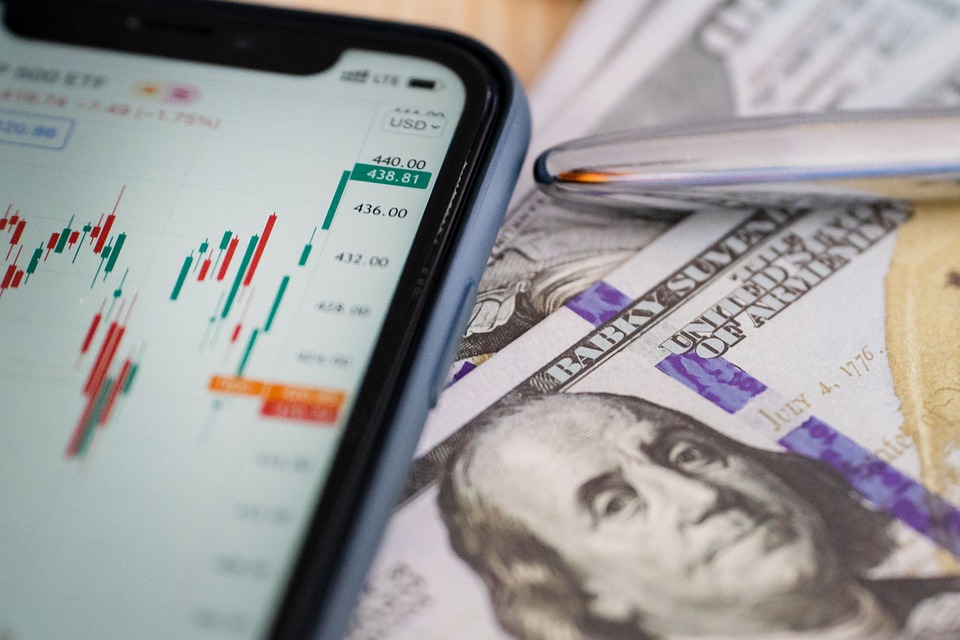What is APR? An introduction
When looking at a loan or financing agreement, you may ask yourself, “What is the annual percentage rate (APR) and is it an expression of the amount of interest that a loan or other financial agreement will accrue over a one-year period?”
What is APR? Types and examples of APR
Nominal versus effective APR
The simplest example of an APR is the nominal annual rate, which is a basic expression of the exact interest rate a loan will accrue on an annual basis. Calculating the nominal APR means multiplying the number of payments a debtor will make in a year by the interest rate. 
An alternative framework, the effective annual rate, is a more complicated calculation and varies based on the exact specifications of the loan in question. In general, the effective APR contains a compound interest rate rather than a fixed calculation. The effective APR can vary more than a nominal interest rate calculation due to loan specifics.
Before answering “What is APR?” the specifics of the transaction taking place must be taken into account.
Transactions with APR
What is the APR in relation to regular purchases? There are a number of financial transactions that would use an annual percentage rate to calculate interest. No matter what the transaction is or how it works, it must involve a long-term exchange of money, like a loan or paying for a big purchase with a loan.
To take an example known to the average consumer, the purchase of a car would be an example of exposure to APR. Since most buyers cannot afford to buy a new car right away, they usually have the option of financing their purchase through the dealer’s financing services or through a third party. Either way, the seller and buyer usually negotiate a mutually agreeable level of interest.
You may have noticed that many car commercials use their APR as a selling point. During the early years of ownership, dealers are willing to offer a lower interest rate to entice potential buyers. Those looking to finance a new car should consider the APR both before and after this “grace period.”
Credit cards also have an APR, but only for those who have a balance. Most credit cards have extremely high interest rates compared to other loans, but they are required to list their interest rates before they can accept a cardholder. Most credit cards’ APRs are based on a monthly payment schedule, which is the standard in the credit card industry.
What is APR? Answering the question
At this point, you can probably answer the question “What is APR?” pretty easily. Broadly speaking, the annual percentage rate of a loan or other financial transaction describes the amount of interest applied to the outstanding funds during the repayment period. APR considerations are important for a number of different purchases, from car loans and mortgages to credit card balances. Understanding how APR works is a big step when evaluating a major purchase.

